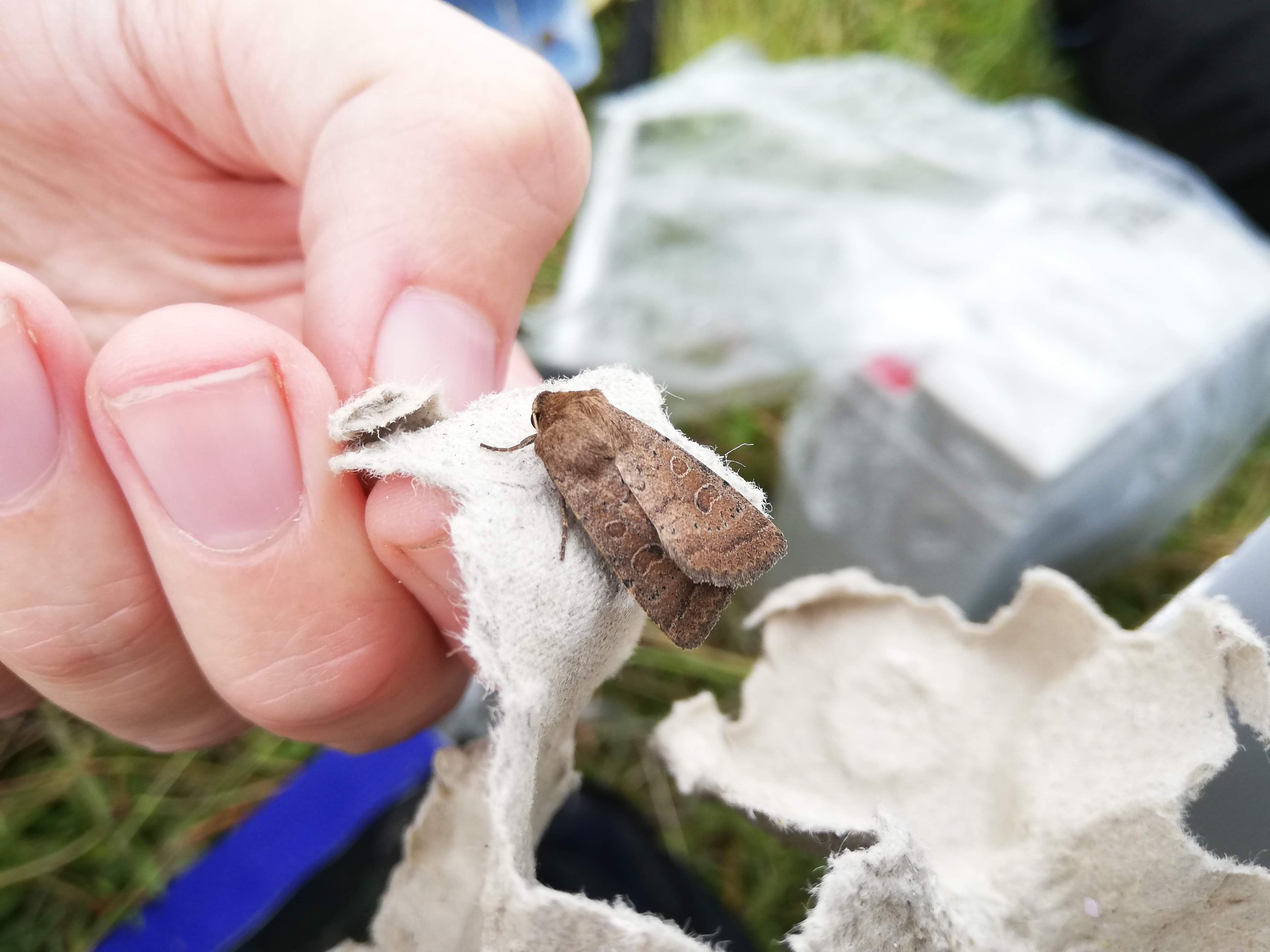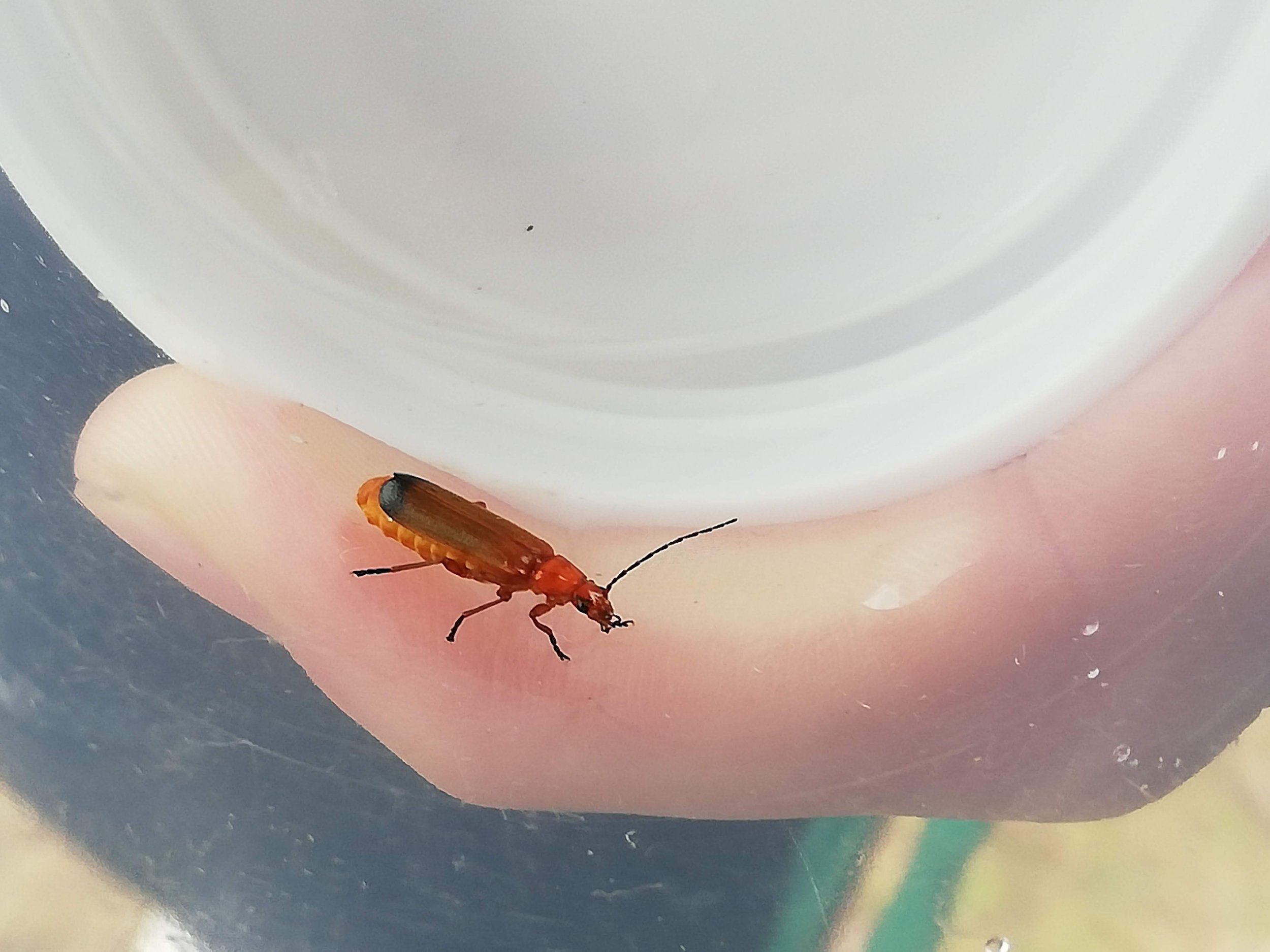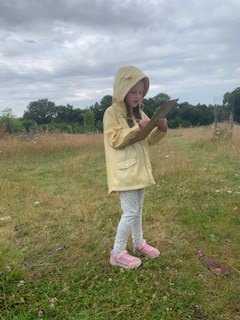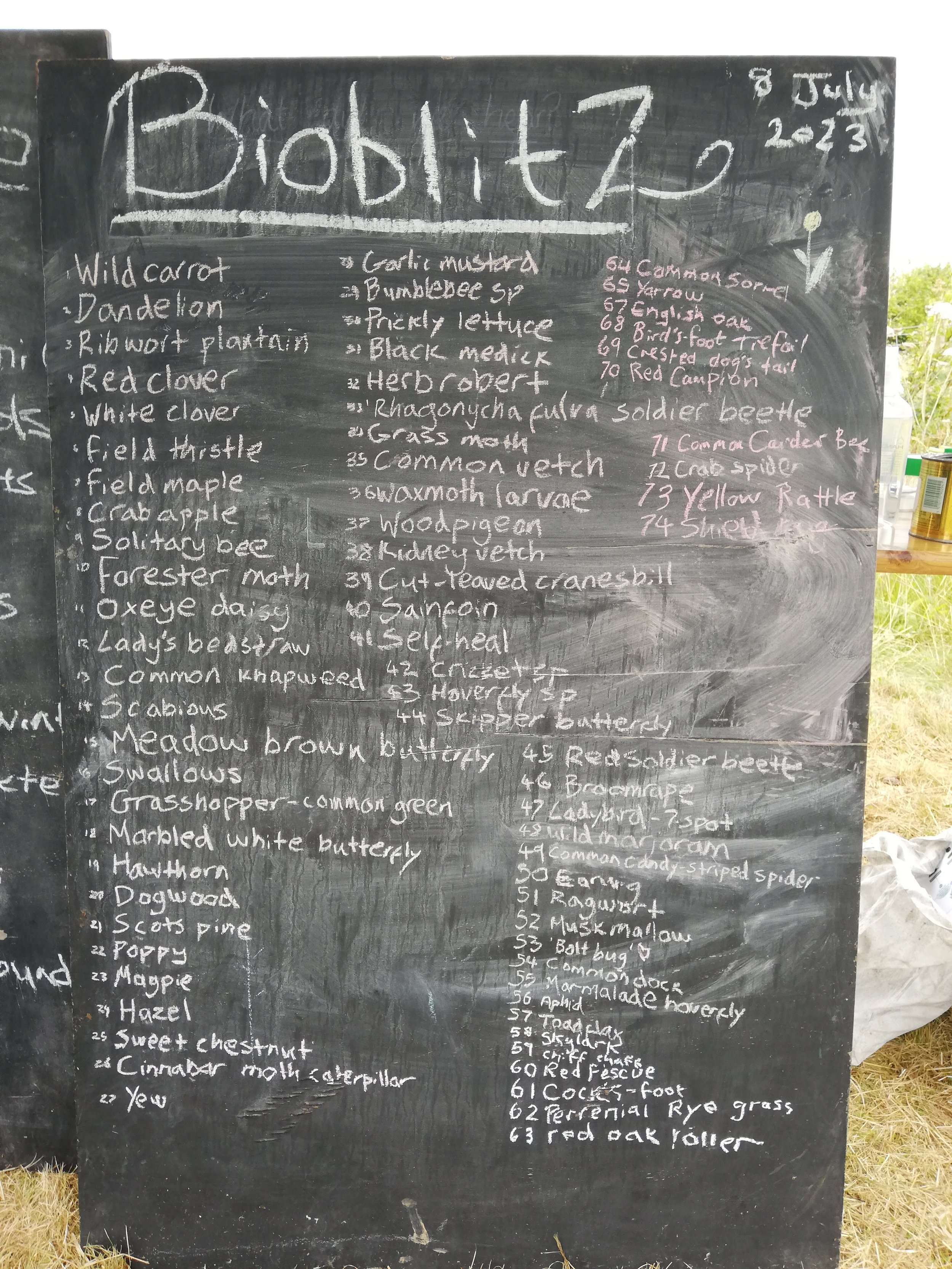Citizen Science Event - July - Bat Walk and Bioblitz
Last weekend we held our fourth and fifth public ecology events of the season - a bat walk and a bioblitz. These events form part of our ‘Nature in Harmony’ ecology programme and occur monthly between April and August. They are led by our current ecology intern Laura Morrell.
Friday 7th July
On the evening of Friday 7th July, 17 people came along to Harmony Woods to immerse themselves in all things bat-related. As attendees arrived they were welcomed and given a chance to create an origami bat. Once everyone had arrived we started the night with a quiz. Why not have a go at it yourself in the photo below!
[Photo taken by Kiah Davies. Quiz from the Bat Conservation Trust.]
Bat quiz: True or false?
1) Bats are furry. 2) Bats feed their babies milk. 3) Bats fly with their hands. 4) All British bats eat insects. 5) Bats are not blind. 6) British bats use their ears to find food. 7) British bats hibernate in winter. 8) British bats are protected by law. 9) There are over 1000 different species of bat in the world. 10) Vampire bats are only found in Central and South America.
The answer is they are all true! Did you get them all right? Laura explained the answers (you can read the detailed answers here), giving the group an introduction to bats.
After the quiz, youth team member Natalia led the group in a game called ‘Bat & Moth’. Everyone stands in a circle like a ring of trees, and one person moves into the centre to take the role of Bat, with one or two others to act as Moths. The bat’s job is to find the moth. To mimic the ability of bats to locate their prey using sound rather than sight, the Bat is blindfolded and has to call out ‘bat’, to which the Moths have to respond ‘moth’. This is repeated, with the Moths quietly moving around within the circle trying to stay out of the Bat’s reach, until the bat succeeds. If the Bat is finding it difficult to locate the Moth, the ‘trees’ (the people standing in the circle around them) can move in closer to create a smaller search area for the Bat.
Once all the fun games were completed, Laura gave out the bat detectors and recording sheets and explained how to use them, and then everyone was off on their hunt! We all began walking along the rides towards the north-west corner of the site where there are mature trees and hedgerow, listening to different frequencies trying to find the crackling/clicking sound of a detector picking up echolocation emitted by a bat to confirm their presence. Bat detectors pick up the calls made by bats, which are at frequencies too high for our ears to register, and convert them into a lower frequency which we can hear. The bats were a bit elusive, we heard a lot of what were possibly noctule bats (the recording sheets give the frequency range of each bat and what the calls sound like on the detector), but only saw a few. We were treated to a surprise flying visit from a barn owl though!
[Photo taken by Laura Morrell]
Saturday 8th July
It was an early start at Harmony Woods this morning, we began the day at 8:30am by checking the moth trap which was set up after the bat walk the night before. The top of the trap was removed and placed to one side; the egg cartons placed inside to provide hiding places could then be removed one by one to observe all the moths present. It was already late, so many of the moths were active and ready to fly away, so there was limited time to record what species were seen. You can tell a moth is getting ready to fly away because it starts vibrating its wings to warm them up. Nearly 40 moths were present in the trap; lots of micro-moths known collectively as ‘grass moths’, plus larger moths including Common Footman, Large Yellow Underwing, Light Arches, Nut-Tree Tussock, Dun-Bar, and more.
At 9:30am we welcomed members of the public and the Nature in Harmony Exchange Project youth team for a bioblitz, a citizen science event where the aim is to find as many species as possible within a certain time. Laura explained the task and provided everyone with a pack containing ID guides, a magnifying glass, a pooter, specimen pots for bug collecting, and a clipboard with pencil and paper for recording - and the 18 attendees went off in groups to start searching. Unfortunately the weather was not on our side at first, but it demonstrates that conservation must take place in rain or shine. Mystery creatures were brought back to Laura every now and then for identification, and species found were written on a chalkboard. 73 species were recorded on the morning, with several others yet to be identified by photos taken at the time. All data collected during the bat walk and bioblitz is valuable and helps to give us a fuller picture of what we have living on or using the site.
[Photos by Kiah Davies and Laura Morrell]
The morning finished off with archaeologist Chris Elmer kindly giving a little tour of the archaeology trenches onsite and talking about the history of the ‘Between the Barrows’ dig and what the archaeology team had been doing over the last two weeks.
Our remaining citizen science events for this summer are an invertebrate collection (aka bug hunt) on Saturday 29th July, and pond-dipping on Saturday 26th August. Both are free and open to all ages, and will take place at Harmony Woods at 9:30-11:30am on those dates. We ask that you register in advance so we know how many people to expect and can plan accordingly. Please email laura.morrell@andovertrees.org.uk to sign up.





